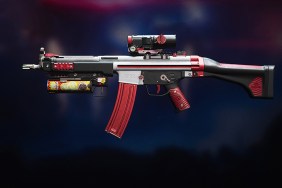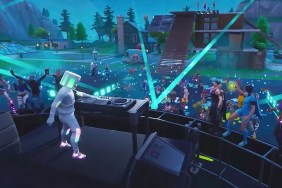Struggling with Faith.
2016 is turning out to be quite the year for first-person POV games; more specifically, shooters that aren’t like the types we’ve been playing for the past decade. id Software launched a new version of Doom, which emphasizes (and practically requires) players to move fast and engage the enemy up close more than, say,
-
Gorgeous world, still unique nearly 8 years later
-
Lots of content after the 13-hour campaign
-
Stunningly crisp, eye candy cutscenes
-
Gameplay is unintuitive and too often clunky
-
Awful story, poorly told, thin characters (even Faith)
-
Glitches, pop in, poor character animation, and strange lack of menu options











